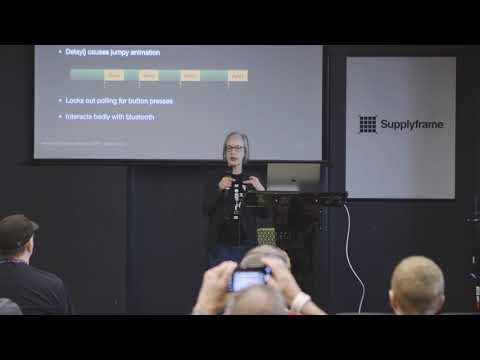Description:
Explore advanced badge coding techniques for developing retro-style games on PCB badges with TFT screens, buttons, and sensors. Dive into the open-source framework used for the Lunar Lander badge created for DEF CON 27, and learn how to adapt it for your own conference badge projects. Follow the step-by-step process of developing a new game, including challenges faced during the Lunar Lander game creation. Discover essential concepts such as efficient software development, toolchain setup, app interface design, and optimizing performance through spin-loops and pre-calculations. Master techniques for storing bitmaps, managing displays, implementing scrolling games with camera effects, and utilizing both ESP32 cores. Gain insights into Bluetooth integration, Arduino settings, and effective use of libraries. This comprehensive guide provides valuable information for badge enthusiasts looking to take their coding skills to the next level and create engaging interactive experiences.

Beyond Blinky - Developing Retro-Games for PCB Badges
Add to list
#Computer Science
#Internet of Things
#Arduino
#Programming
#Game Development
#Engineering
#Electrical Engineering
#Sensors
#Computer Networking
#Bluetooth